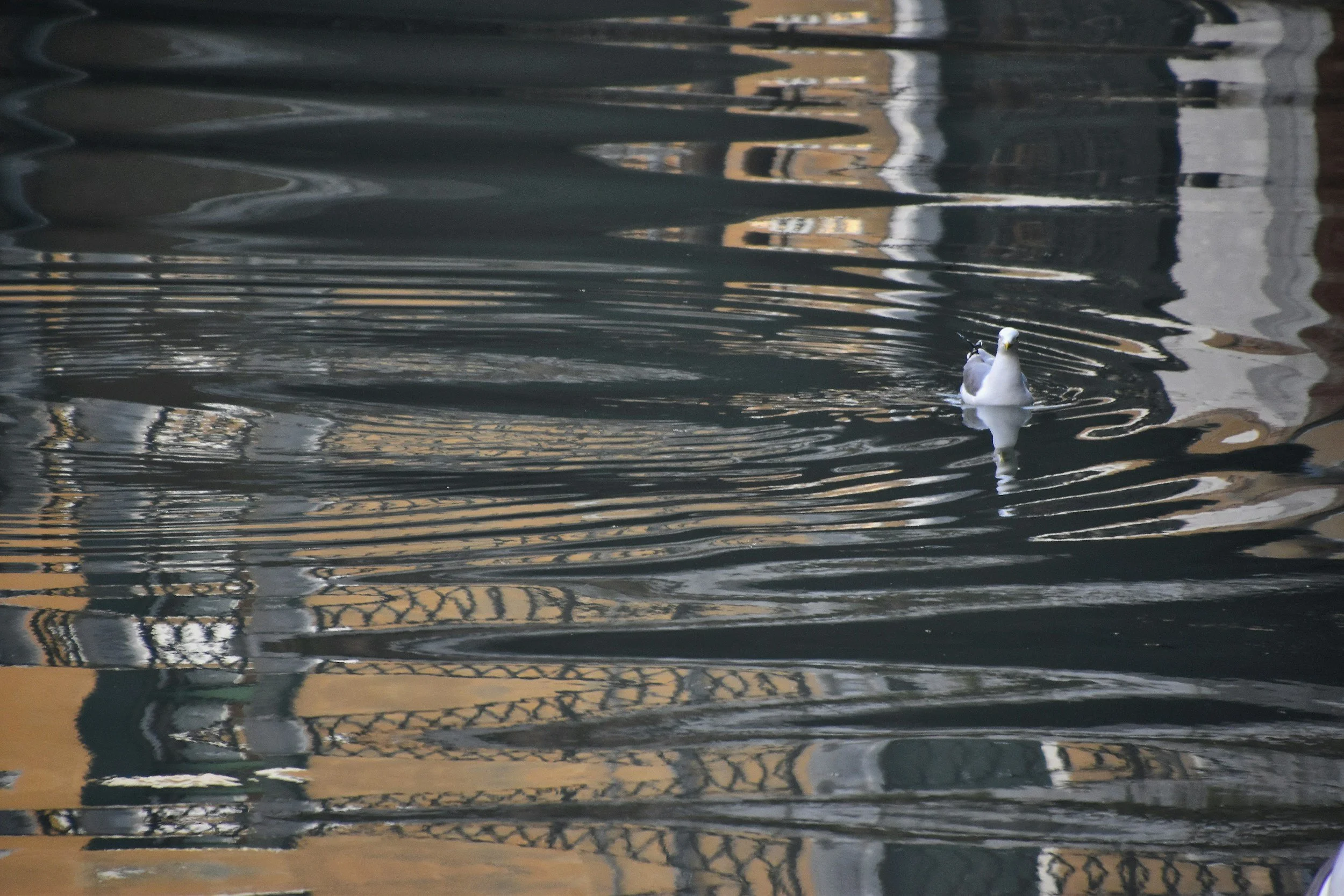Toward a Fluid Dynamics of Reality (Summer 2025 Recap)
I got a lot of research done in the last few months, and most of it has to do with fluidity— a quality associated with liquids, as well as indeterminate, shifting formations more broadly. As I discussed in my last blog post, this is a recurring theme in my recent work concerning water quality data curation, as well as in my ongoing efforts to chart a coherent research trajectory joining multiple interrelated “streams.”
Speaking about the topic of water most directly, my first big journal article in the environmental data curation research is now forthcoming in Social Studies of Science. This article shows how legacy data structures and web development frameworks shape popular understandings of coastal water quality, masking various forms of indeterminacy with discrete geographic data points and monocausal discussions of public health. I’ll also be discussing this work on a panel called “Oceans of Data” at the Society for the Social Studies of Science (4S) in Seattle this fall, alongside several other scholars researching the intersections of information technology and coastal water.
Further down the line, one of my much earlier works on these topics is finally set to see the light of day as well—I have finally signed the contributor agreement with MIT Press for a chapter in “Reconsidering John C. Lilly,” co-edited by Jeffrey Mathias and Hannah Zeavin. This chapter discusses dolphin researcher John Lilly’s role as an influential node within a network of early internet adopters, despite his deeply idiosyncratic ideas about computing. This chapter was an early point of contact between my “countercultural computing” research and my ongoing interests in oceans and water. I’m grateful to Jeff and Hannah for inviting me to write this piece, because it was an opportunity to build on an inchoate fascination with the otherworldly qualities of underwater space motivating my 2017 essay on Ecco the Dolphin—a moment of transition from my early work in game studies towards my subsequent work on computer cultures more broadly.
These works are not my only projects exploring connections between natural science, fringe ideas, and video gaming. Earlier in the year, I published a Journal of Documentation article on the phenomenon of “Ong’s Hat,” an online phenomenon combining elements of a conspiracy theory, a folktale, and a game. This article marks a continuation of the mis- and dis-information research I started around 2020. Ong’s Hat was an important predecessor to the contemporary media practices through which consensus reality has completely broken down, but it’s often overlooked in contemporary disinfo research. This is where again return to the idea of fluidity— contemporary media environments make authorship, genre and form so fluid that reality and fiction become indeterminate as well.
If there’s a single concept uniting all this recent research, it might be an interest in the “fluid dynamics of reality,” e.g. the technical and practical means through which reality is actively constructed and always up for debate. In my water research, I often argue that data takes on the shape of its container, just like a liquid. Information’s impact is shaped by the tools and techniques used to manage it. This is equally true whether I’m looking at natural science data or the history of computing.
I have more work in the pipeline addressing the nature of reality, mediation, and technology, but I’ll wait until it’s further along before I discuss it much here. Some of this work will be building on the history of web-based data dashboards that I presented at the Research Infrastructure for the Study of Archived Web Materials (RESAW) conference in Germany this summer. Some will build on documents I consulted at the Scripps Institution of Oceanography archives in San Diego. I’m still working on the history of countercultural computing as well, and my forthcoming book chapter will help to explicate the connections between these fields. But of course, the situation is always fluid.


